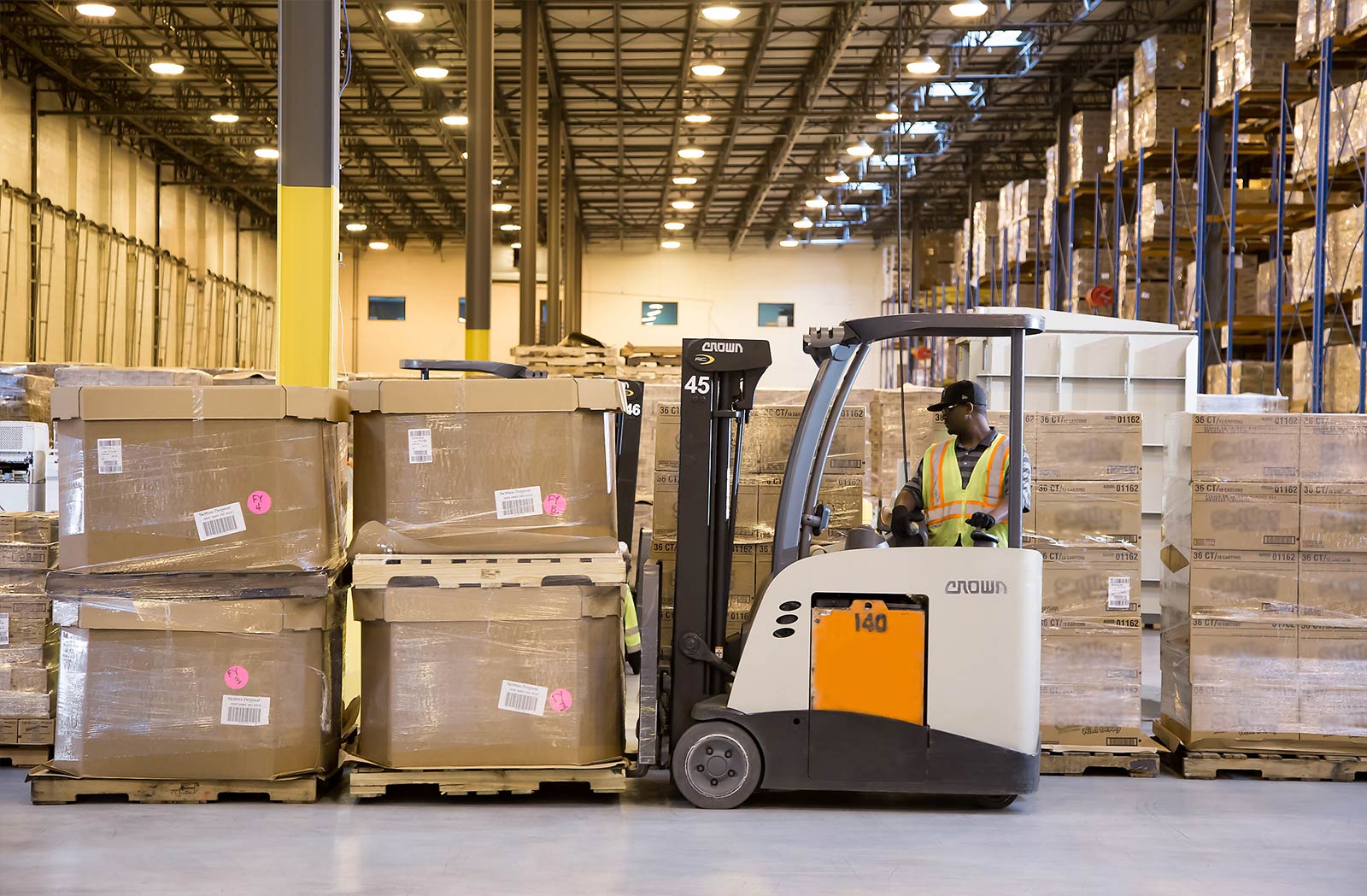Warehouse Services: Understanding Picking, Packing, and Job Opportunities
Warehouse services form the backbone of modern logistics and supply chain management. These facilities play a crucial role in storing, organizing, and distributing goods for businesses of all sizes. From e-commerce giants to small local retailers, warehouses ensure that products reach customers efficiently and on time. In this article, we'll explore the various aspects of warehouse services, focusing on key operations like picking and packing, as well as job opportunities and salary expectations in the industry.

-
Inventory management: Tracking stock levels and ensuring accurate records of available products.
-
Picking: Retrieving specific items from storage to fulfill customer orders.
-
Packing: Preparing picked items for shipment by securely packaging them.
-
Shipping: Coordinating with carriers to send out packaged orders to their final destinations.
These functions work together to create a seamless flow of goods through the warehouse, from receipt to dispatch.
How does the picking process work in warehouses?
Picking is a critical operation in warehouse services, directly impacting order accuracy and fulfillment speed. The process involves locating and retrieving specific items from storage to fulfill customer orders. There are several picking methods employed in warehouses:
-
Single-order picking: Pickers collect items for one order at a time.
-
Batch picking: Multiple orders are grouped together, and pickers collect items for several orders simultaneously.
-
Zone picking: The warehouse is divided into zones, with pickers assigned to specific areas.
-
Wave picking: Orders are released in waves throughout the day, optimizing efficiency during peak times.
Many modern warehouses use technology such as barcode scanners, voice-picking systems, or even robotic assistants to improve accuracy and speed in the picking process.
What does the packing process involve in warehouse operations?
Once items are picked, they move to the packing stage. This process ensures that products are properly protected and prepared for shipping. The packing process typically includes:
-
Selecting appropriate packaging materials based on the item’s size, fragility, and shipping method.
-
Wrapping or cushioning items to prevent damage during transit.
-
Placing items in boxes, envelopes, or other shipping containers.
-
Adding packing slips, invoices, or other necessary documentation.
-
Sealing packages securely.
-
Labeling packages with shipping information and any special handling instructions.
Efficient packing is crucial for customer satisfaction, as it helps prevent damage and ensures that orders arrive in good condition.
What types of jobs are available in warehouse services?
Warehouses offer a variety of job opportunities for individuals with different skill sets and experience levels. Some common positions include:
-
Warehouse Associate: Responsible for general tasks such as receiving, stocking, and basic order fulfillment.
-
Picker/Packer: Focuses on retrieving items from storage and preparing them for shipment.
-
Forklift Operator: Operates machinery to move and stack heavy items and pallets.
-
Inventory Control Specialist: Manages stock levels and conducts regular audits.
-
Shipping and Receiving Clerk: Handles incoming and outgoing shipments, including documentation.
-
Warehouse Supervisor: Oversees daily operations and manages teams of warehouse workers.
-
Logistics Coordinator: Plans and coordinates the movement of goods within the warehouse and to external destinations.
These roles offer opportunities for career growth and advancement within the logistics industry.
What is the average salary for warehouse jobs?
Salaries in warehouse services can vary depending on factors such as job role, experience, location, and company size. Here’s an overview of average annual salaries for some common warehouse positions in the United States:
| Job Title | Entry-Level Salary | Average Salary | Experienced Salary |
|---|---|---|---|
| Warehouse Associate | $25,000 | $32,000 | $40,000 |
| Picker/Packer | $26,000 | $33,000 | $41,000 |
| Forklift Operator | $29,000 | $38,000 | $48,000 |
| Inventory Control Specialist | $35,000 | $45,000 | $58,000 |
| Warehouse Supervisor | $40,000 | $55,000 | $75,000 |
Prices, rates, or cost estimates mentioned in this article are based on the latest available information but may change over time. Independent research is advised before making financial decisions.
It’s important to note that these figures are estimates and can vary significantly based on geographic location, company size, and individual qualifications. Many warehouse jobs also offer opportunities for overtime, which can increase overall earnings.
Warehouse services play a vital role in the global supply chain, ensuring that goods move efficiently from manufacturers to consumers. The industry offers a range of job opportunities with varying levels of responsibility and compensation. As e-commerce continues to grow and supply chains become increasingly complex, the demand for skilled warehouse professionals is likely to remain strong. Whether you’re interested in entry-level positions or looking to build a career in logistics management, the warehouse services sector provides a solid foundation for professional growth and development.






